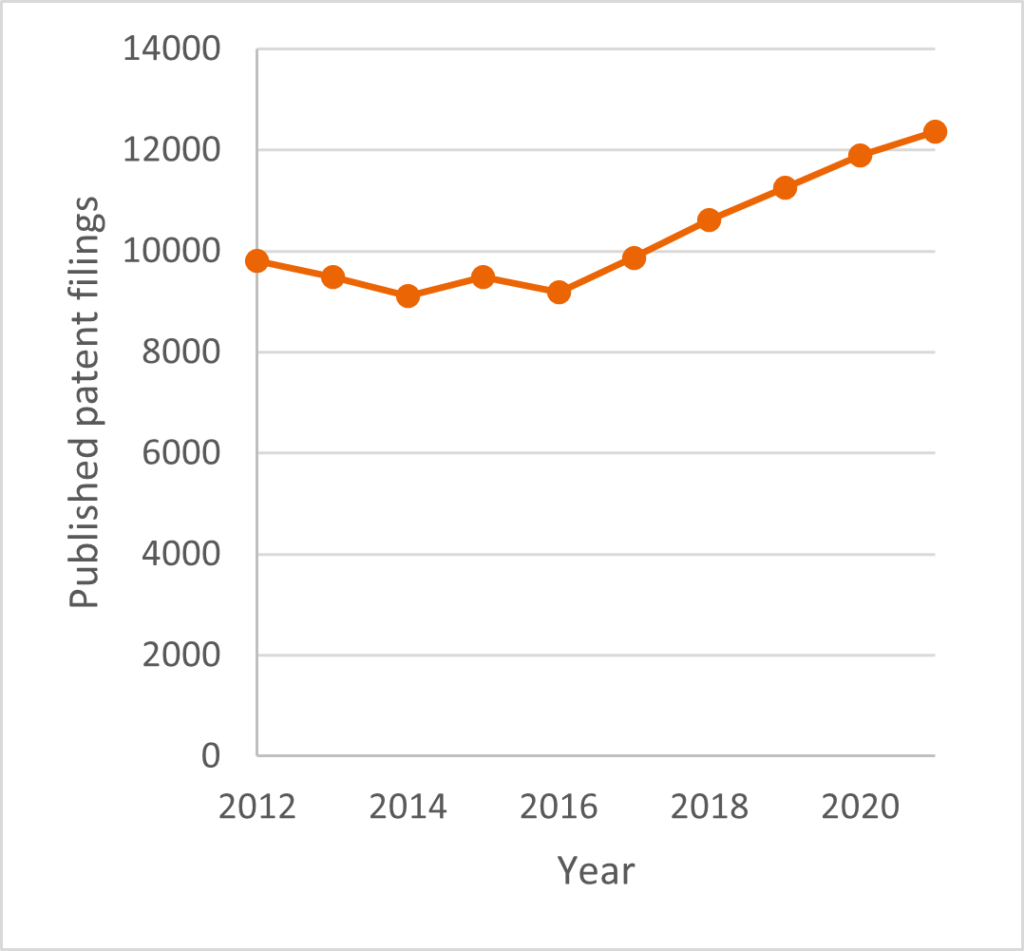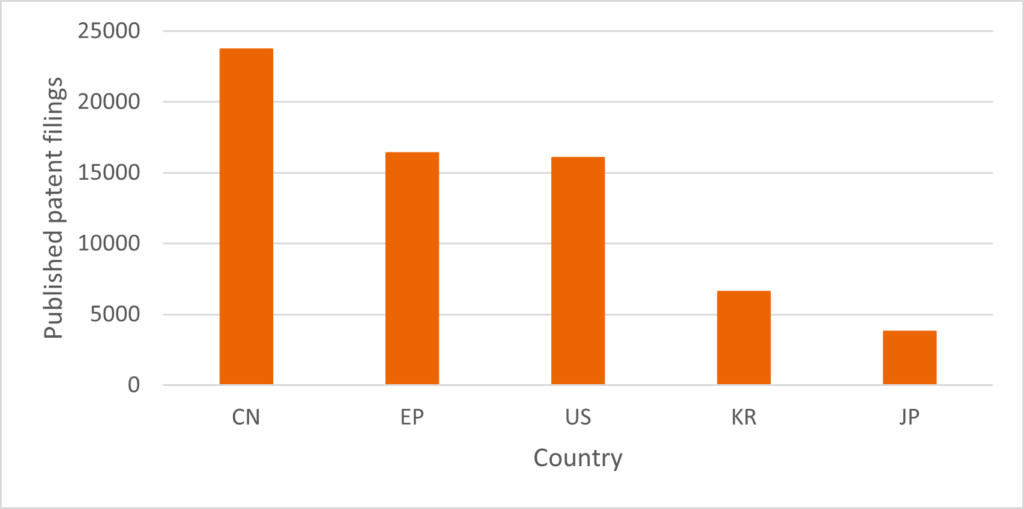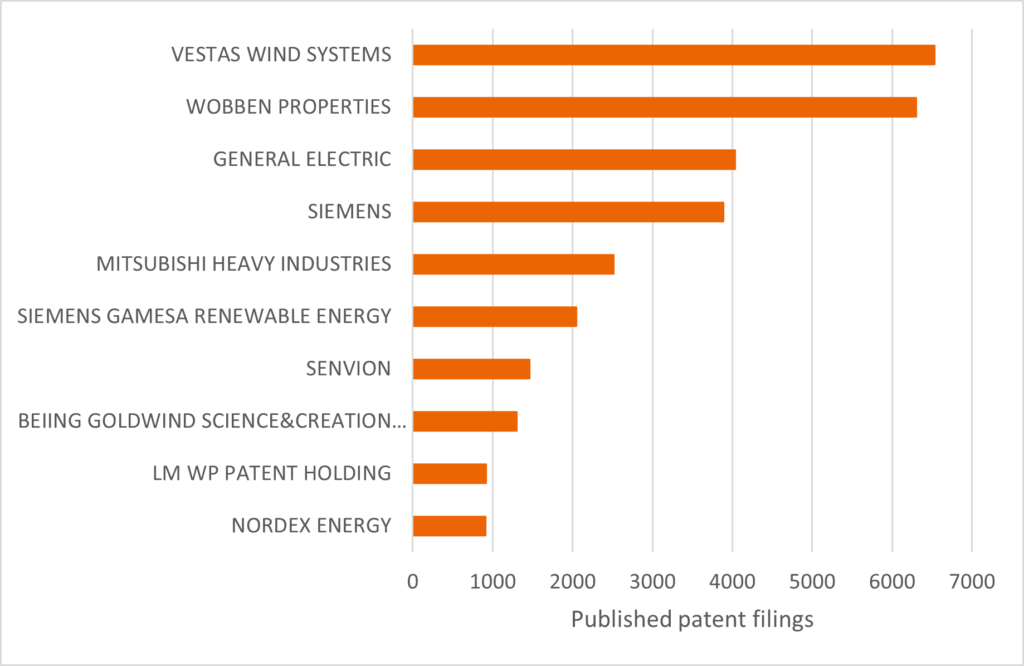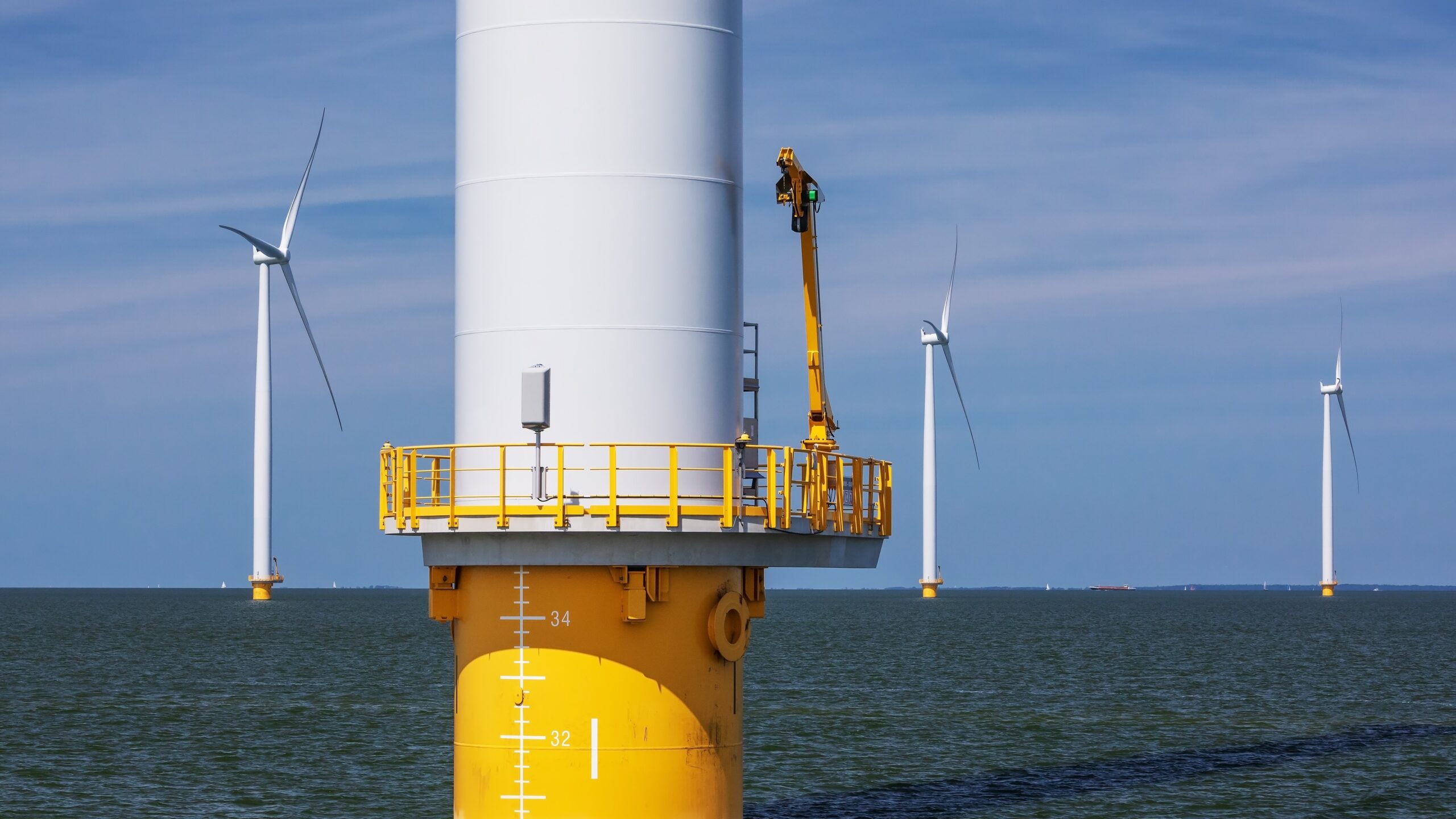24/11/2022
In the race to Net Zero, wind energy is already a well-established and prominent generation source. Assisted by the record 55% growth in wind power capacity worldwide between 2020 and 2021, it is eclipsing the growth of all other renewable power technologies, suggesting that the industry is on track to meet its prediction of supplying more than one-third of total electricity demand by 2050.
As it stands, China dominates the other global players, with a mammoth 70% share in wind generation growth in 2021. Next on the list are the US and Brazil who stand at 14% and 7% respectively. China’s large land mass and long coastline is an exceptional resource for wind generation. The Gansu Wind Farm Project alone, found in gusty desert regions outside the city of Jiuquan, accounts for one-seventh of the country’s capacity with a total reserve of 200 million kilowatts. Again, US projects are overshadowed. Texas had the most installed wind power capacity of any US State at the end of 2019, with 28,843 MW of capacity, about 16.8% of its total electricity usage.
Of the total installed capacity in 2021, 93% were onshore systems, with the remaining 7% offshore wind farms. Unprecedented, however, was the fast development of offshore technology, with a record high 22% growth in total wind capacity in 2021. Despite this, offshore technology is still only present in 19 countries compared to 115 countries globally that are active with onshore, but expansion is expected in the coming years.
Global offshore wind energy in 2021 had a record year for deployment with well over 17 thousand megawatts in new projects commissioned. This growth was largely attributed to China, which commissioned nearly 14 thousand megawatts more capacity in one year than the rest of the world has installed in any single previous year. The UK had the next largest annual deployment. As of 2020 there were nearly 2,200 wind turbines across 35 offshore windfarms off the coast of England, Scotland and Wales, contributing to 13% of the UK’s electricity needs.
Despite the clear signs of growth, Net Zero success relies on 8 million megawatts wind power capacity by 2030, equal to doubling 2020’s record growth in average annual capacity. This can be realised with a global push to accelerate innovation. Bigger turbines with higher power ratings are needed, as are solutions for either anchoring or floating offshore energy. A greater obstacle will be overcoming the variability issue with research into low-speed turbines and energy storage.
These questions will be answered by R&D investment and with innovation, a strategy for intellectual property protection must follow. Patents provide commercial reward when technology is ultimately deployed and patent filing trends provide a useful lens to view the direction of innovation in wind energy.
Wind Energy – Patent Filing Trends
By looking closer at patent applications relating to wind power generation, we see a significant increase in global patent filings in this space over the last 10 years, preceding the growth that the industry is currently experiencing (Figure 1).

By region, China’ ranks first in the statistics (Figure 2), reflecting their large share in wind generation growth. Following China is Europe – which in this context covers the EU countries and notable others including the UK, Switzerland and Norway – then the US, Korea and Japan.

Patent trend analysis in this space also shows a clear correlation between patents and commercial success, with the top 10 patent filers (Figure 3) largely overlapping with the top 10 wind turbine manufacturers as listed by BloombergNEF. These companies include Vestas, GE, Siemens Gamesa, Goldwind and Nordex – a key example being Denmark-based wind turbine company Vestas, which has the highest volume of patents filed and is also recognised as the world’s largest wind turbine manufacturer and supplier in 2022.

According to BloombergNEF, the top 10 world’s largest wind turbine companies account for over 75% of the total global installed capacity every year. Their market success is irrefutably linked to a comprehensive patent strategy that protects innovation and ensures that their technology is desirable, and cannot be mimicked, when decisions are made on wind energy projects. Their dominance is expected to continue as their technology is utilised to meet the industry’s Net Zero targets.
This article is for general information only. Its content is not a statement of the law on any subject and does not constitute advice. Please contact Reddie & Grose LLP for advice before taking any action in reliance on it.




